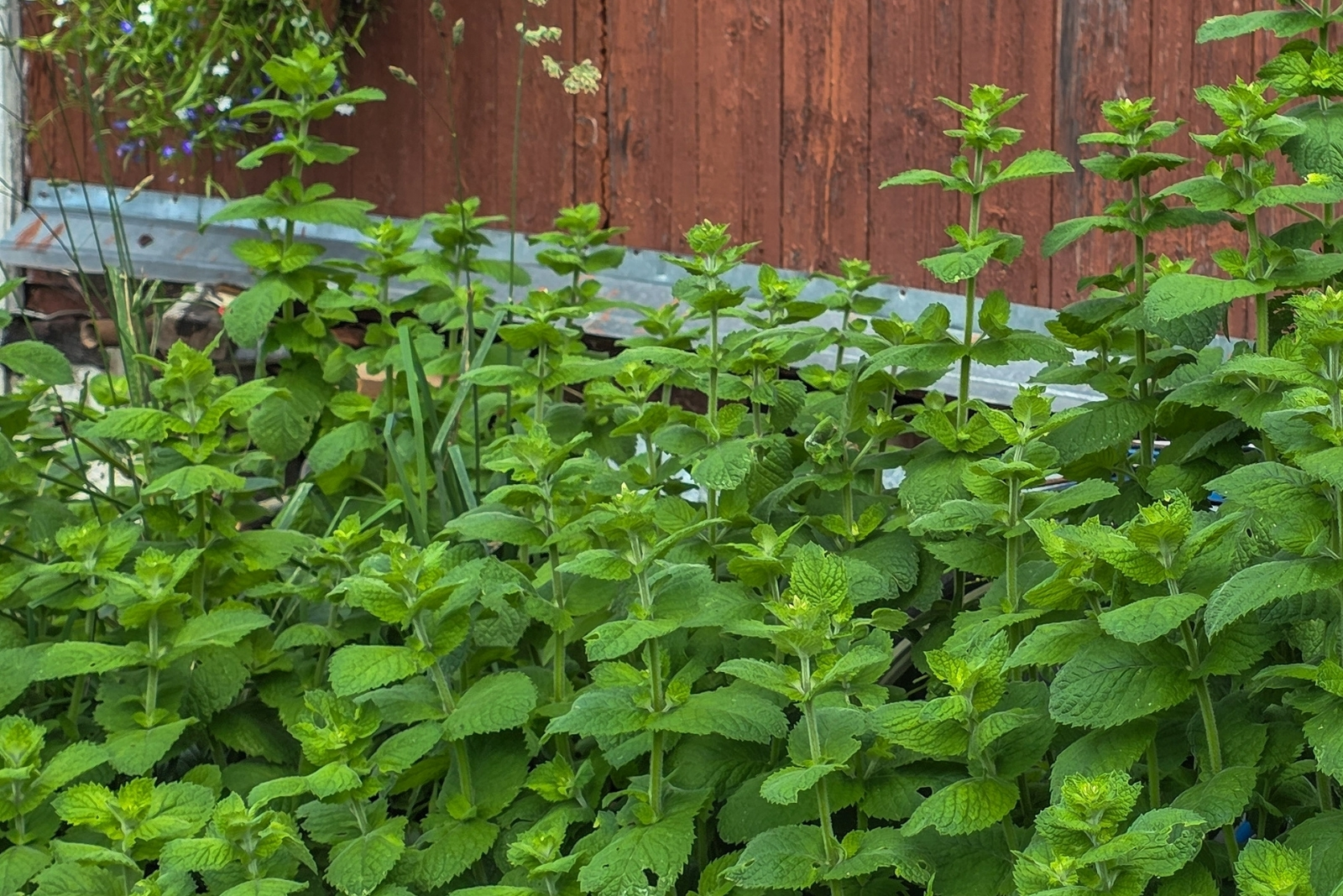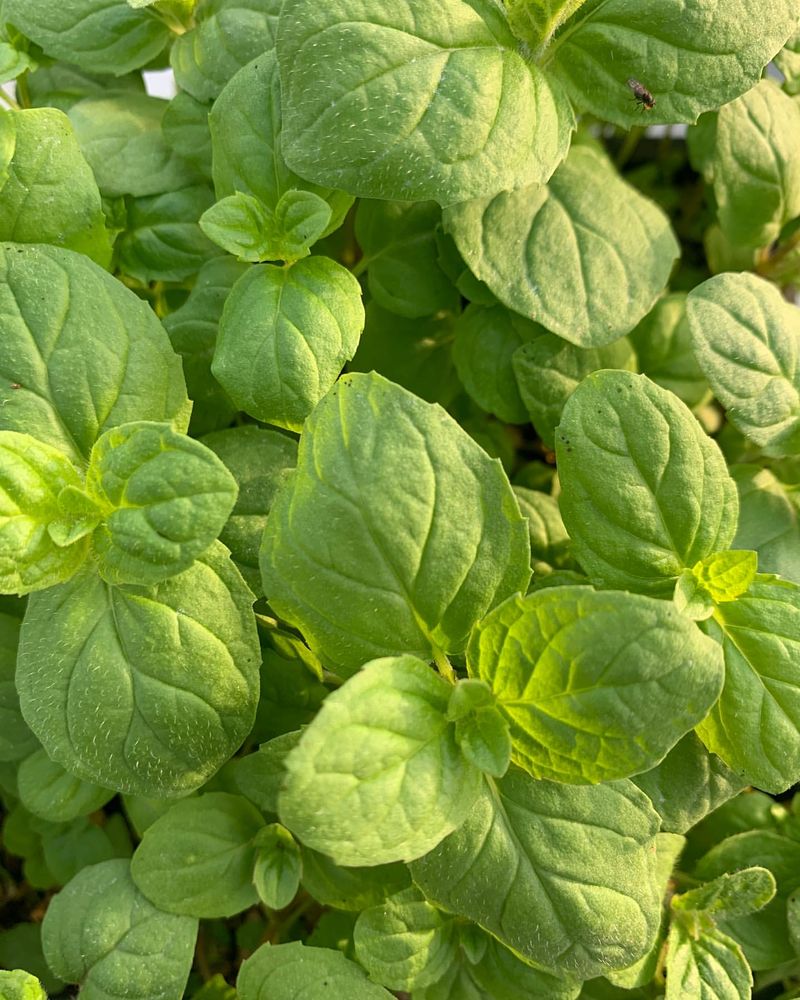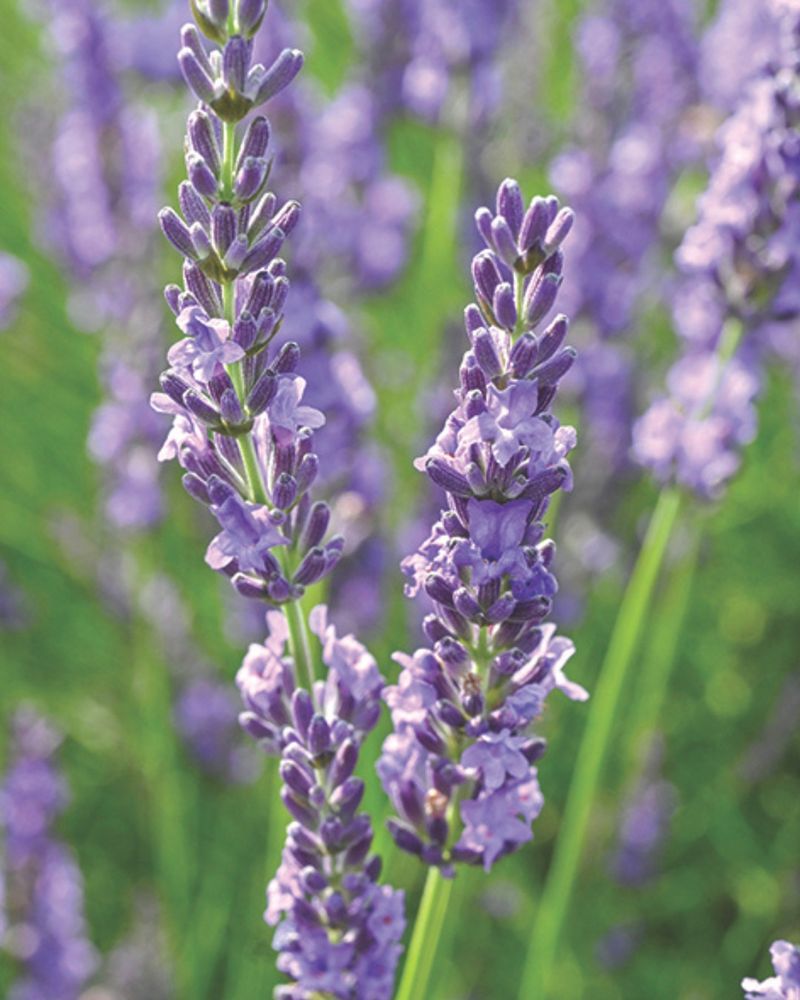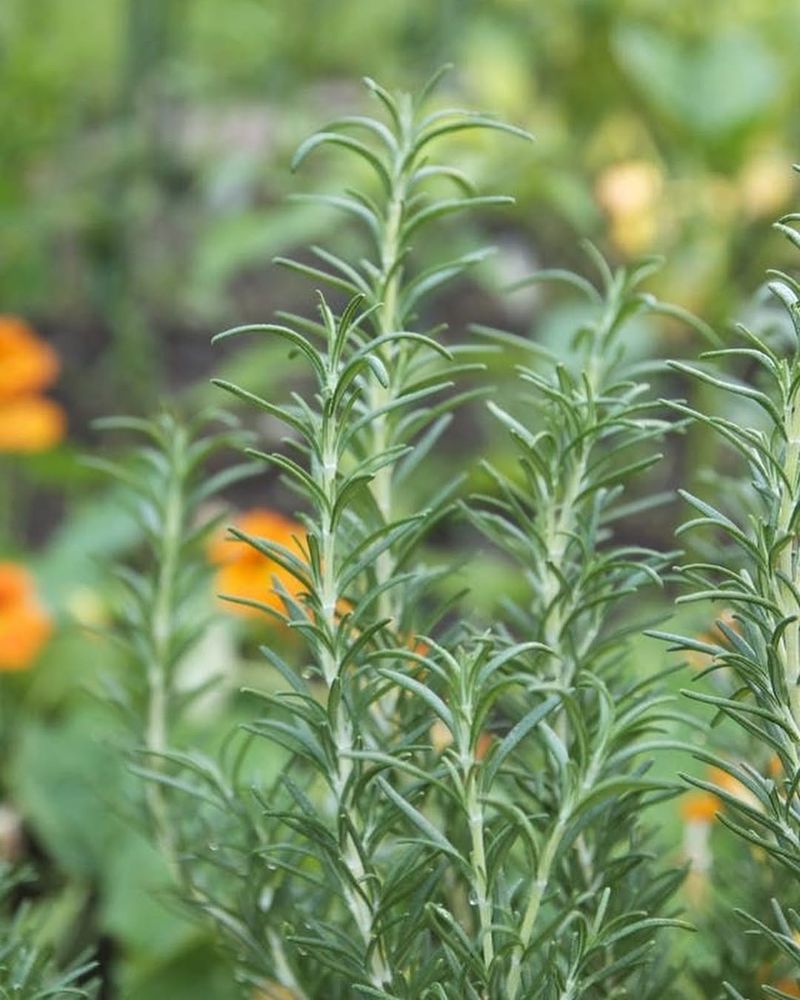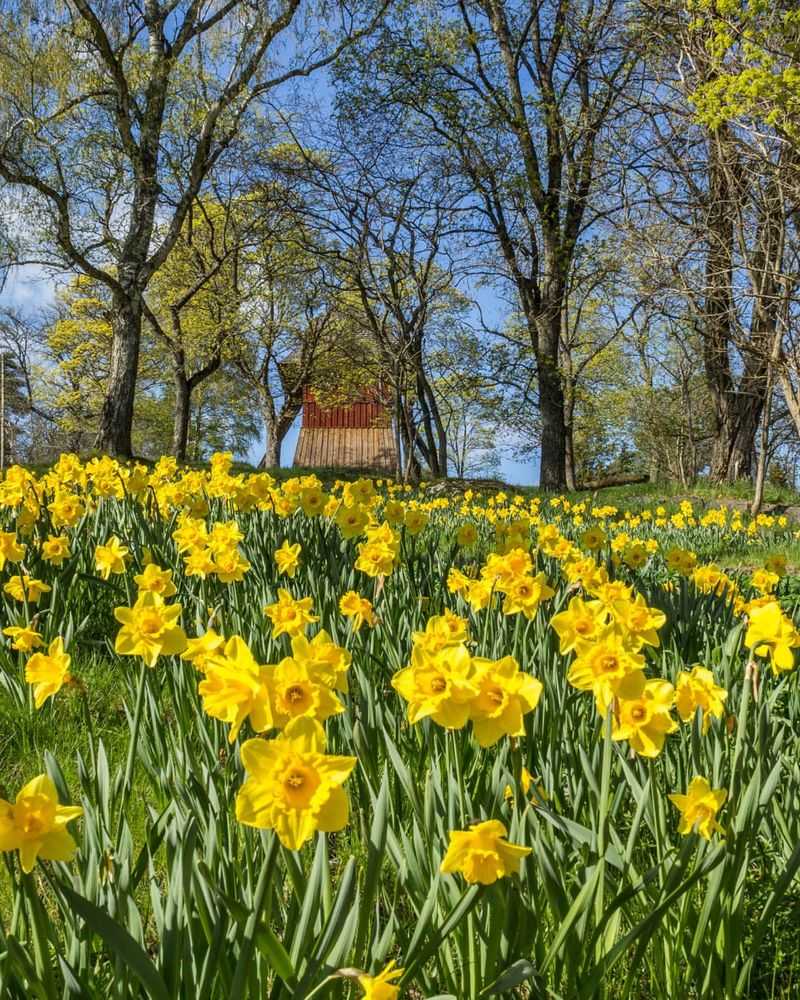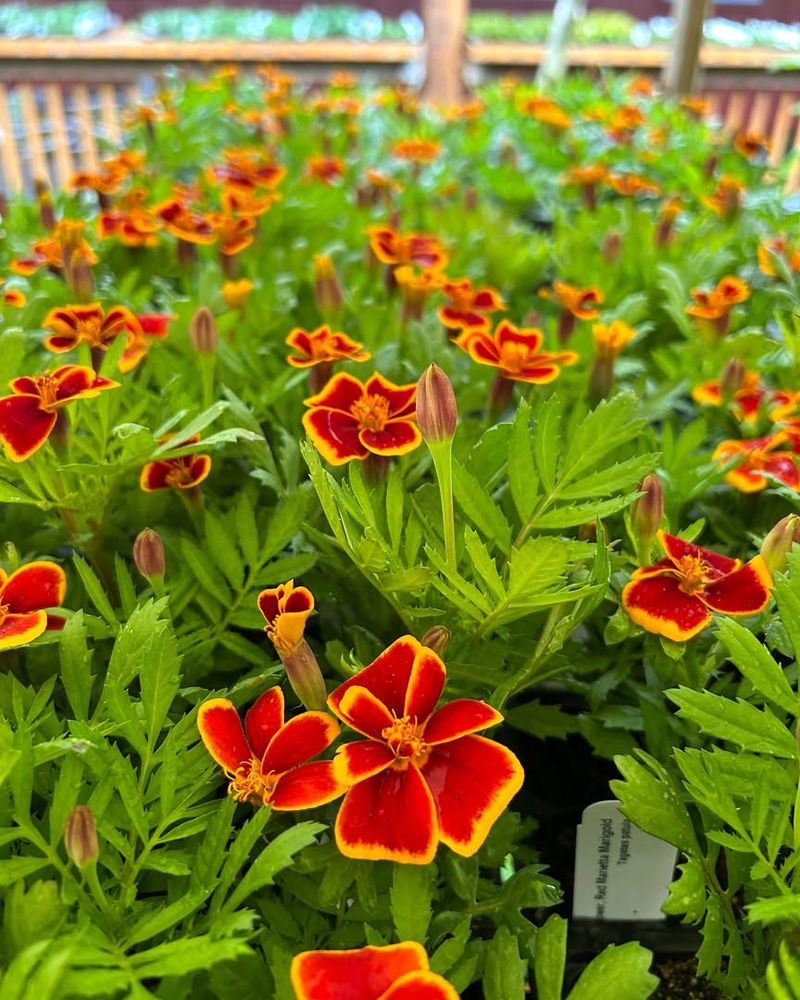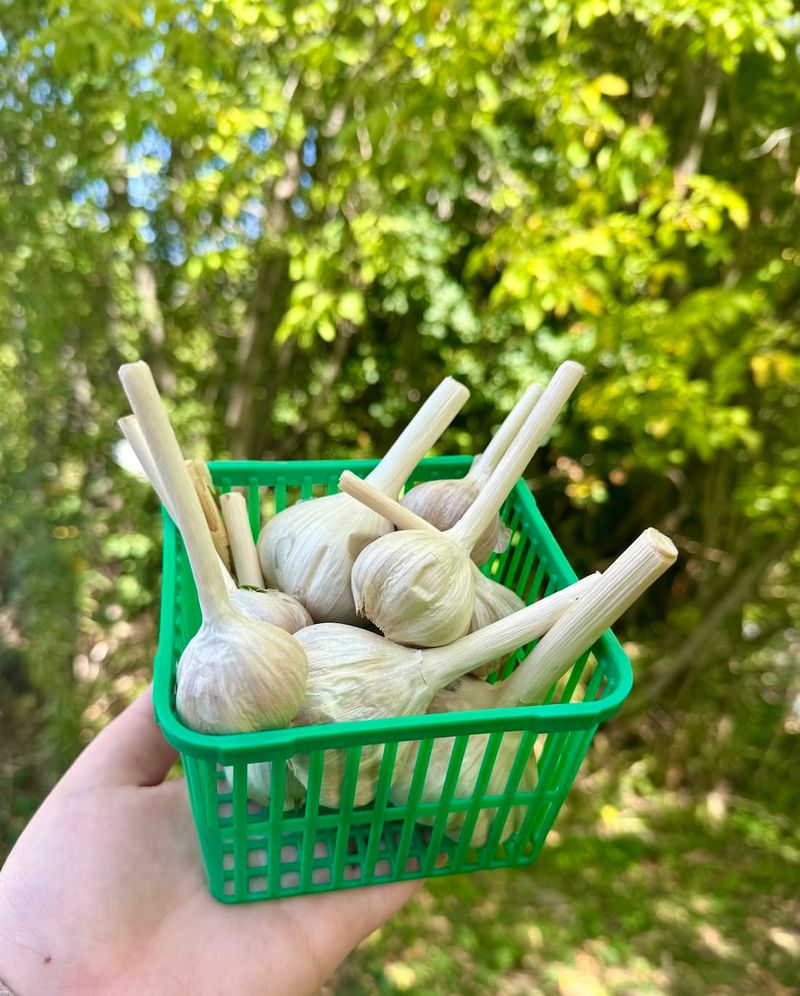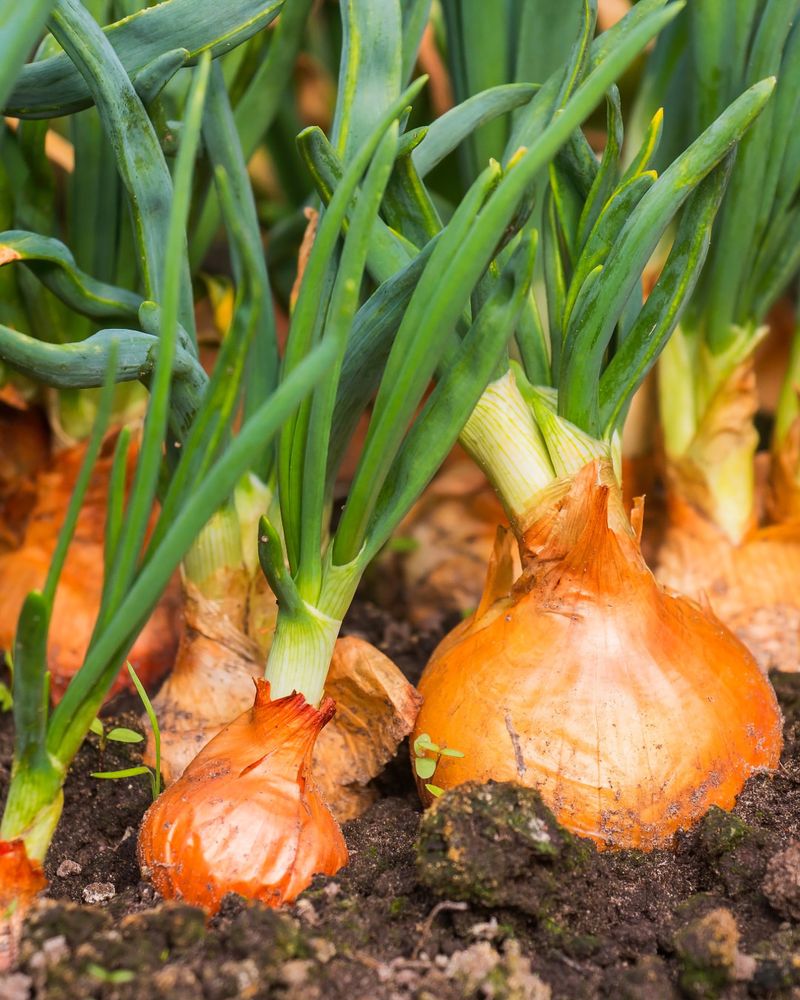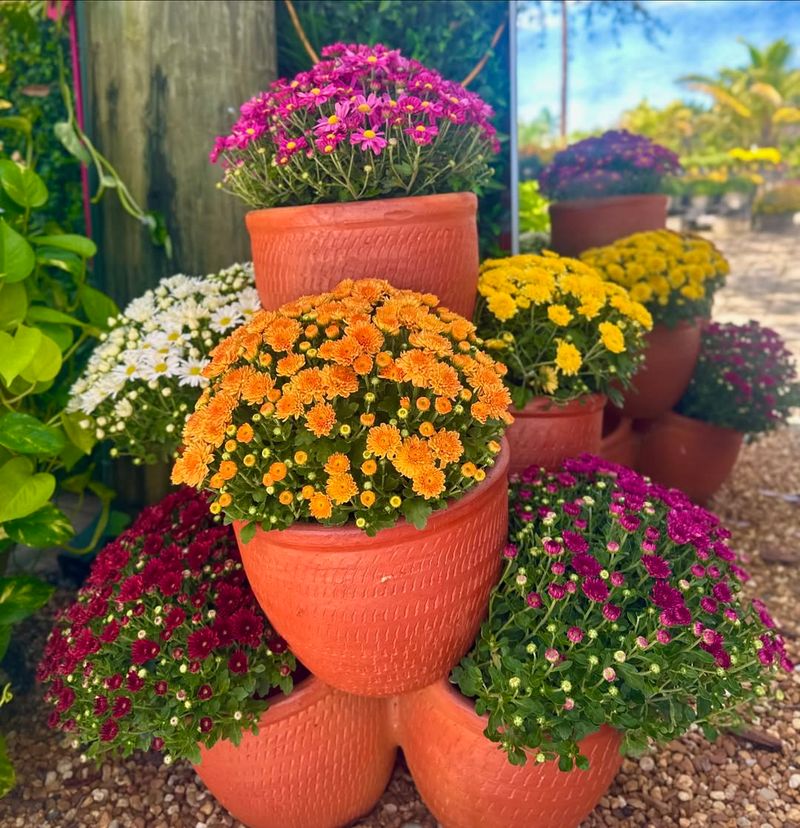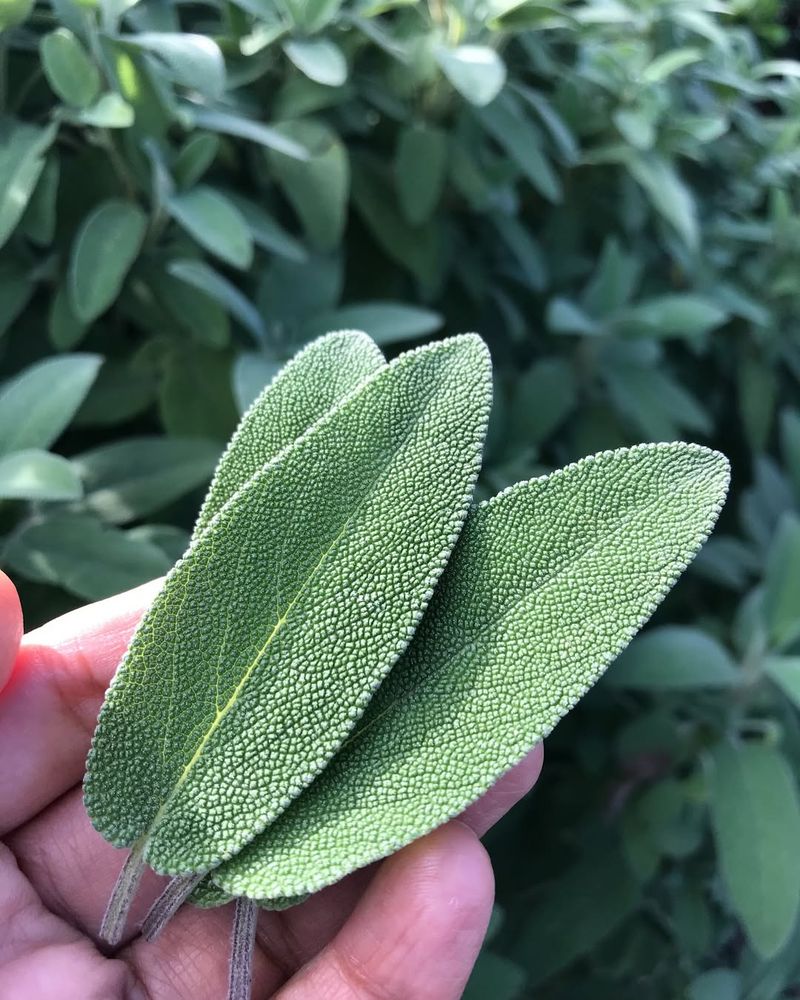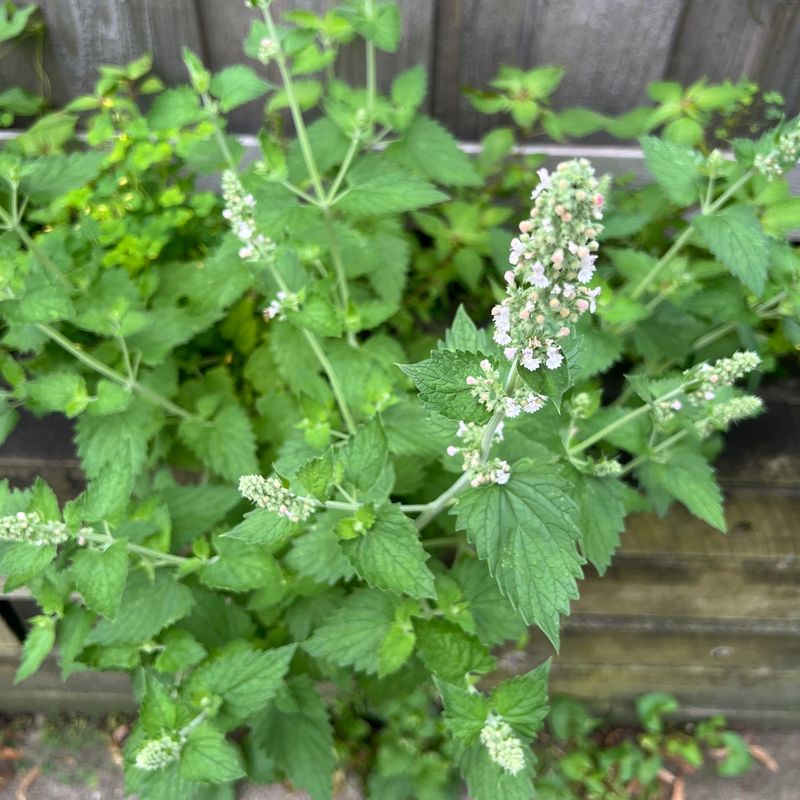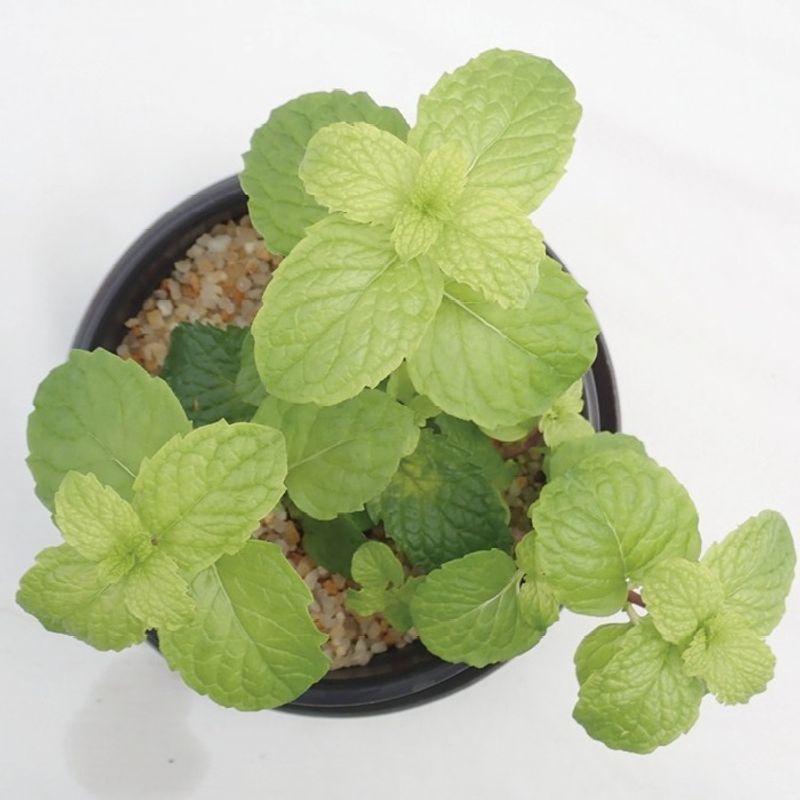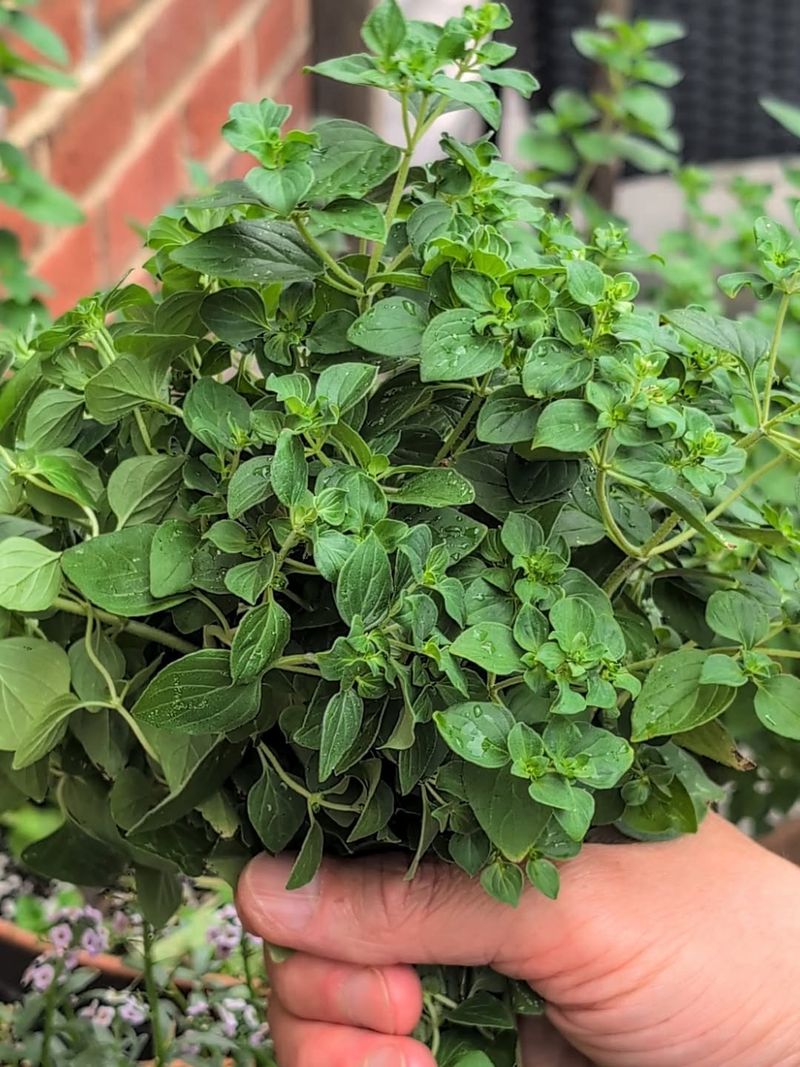Rats aren’t anyone’s idea of a garden guest, especially in Oklahoma. Luckily, certain plants send them packing without harsh chemicals.
Growing them is an easy, natural defense for your yard. You’ll have a thriving garden that pests can’t stand.
1. Peppermint
Strong-smelling peppermint creates an invisible barrier that rats absolutely hate. The menthol scent overwhelms their sensitive noses, making them turn around and look for easier targets elsewhere.
Oklahoma gardeners love planting peppermint along garden borders or near entry points to buildings. It spreads quickly and thrives in the state’s warm summers with regular watering.
You can also crush fresh leaves and scatter them in problem areas for extra protection. Bonus: you’ll have fresh mint for tea and recipes all summer long!
2. Lavender
With its gorgeous purple blooms and calming fragrance for humans, lavender creates quite the opposite effect on rats. These rodents find the powerful floral scent completely overwhelming and will avoid any area where it grows.
Lavender handles Oklahoma’s hot, dry conditions beautifully once established, making it perfect for low-maintenance landscaping. Plant it near vegetable gardens or around sheds where rats might try to nest.
The dried flowers also work great indoors as natural rat deterrents in closets and storage areas.
3. Rosemary
Rosemary’s pine-like aroma and woody stems create an environment rats prefer to skip entirely. The essential oils in this Mediterranean herb irritate rodent respiratory systems, sending them packing without any fuss.
This evergreen shrub tolerates Oklahoma’s temperature swings remarkably well and needs minimal care once rooted. Many gardeners in the state use it as both a culinary herb and protective border plant.
Plant rosemary near foundations or compost bins where rats typically investigate for food sources and shelter opportunities.
4. Daffodils
Cheerful daffodils hide a secret weapon against rats—toxic alkaloids in their bulbs and leaves that rodents instinctively avoid. Even a small nibble causes serious stomach upset, so rats learn quickly to stay away.
Oklahoma springs showcase these beauties perfectly, and they return year after year without replanting. Their early bloom time means protection starts before garden season even begins in earnest.
Plant daffodil bulbs around the perimeter of vegetable patches or flower beds for a colorful, functional barrier against unwanted visitors.
5. Marigolds
Marigolds pack a pungent punch that rats can’t stand, thanks to their unique scent profile. The smell comes from natural compounds in the leaves and flowers that signal danger to many garden pests, including rodents.
These hardy annuals thrive throughout Oklahoma’s growing season, providing months of continuous protection and vibrant color. Gardeners often interplant them with vegetables for dual benefits—beauty and pest control working together seamlessly.
The strong fragrance intensifies in hot weather, which makes them extra effective during Oklahoma summers.
6. Garlic
Few scents repel rats more effectively than garlic’s sharp, sulfurous odor that permeates the air around where it grows. Rats associate this smell with potential danger and typically won’t venture near garlic patches or beds.
Oklahoma’s climate suits garlic cultivation perfectly when planted in fall for spring harvest. Besides deterring rats, you’ll harvest delicious bulbs for cooking, making this plant doubly valuable in any garden space.
Plant garlic cloves around the edges of raised beds or between other vegetables for maximum protective coverage.
7. Onions
Similar to their cousin garlic, onions release powerful compounds that irritate rat nasal passages and eyes. The sulfur-based chemicals make rats extremely uncomfortable, encouraging them to find gardens without these pungent plants instead.
Growing onions in Oklahoma works well during both spring and fall seasons, depending on the variety you choose. They require minimal space and can fit into small garden corners where rats might otherwise hide.
Companion planting onions near carrots, lettuce, or strawberries provides protection while maximizing your harvest potential beautifully.
8. Chrysanthemums
Chrysanthemums contain pyrethrin, a natural insecticide that also bothers rats significantly when they encounter it. This compound affects their nervous systems in uncomfortable ways, making mums an excellent natural deterrent for Oklahoma gardens.
Fall-blooming varieties add gorgeous color just when many other plants fade away in the state’s autumn weather. The protective effect lasts throughout the blooming period and even afterward as foliage remains present.
Plant chrysanthemums near doorways, patios, or storage areas where rats might try entering your property during cooler months.
9. Sage
Sage’s intense, earthy aroma comes from camphor and other volatile oils that rats find absolutely intolerable. The fuzzy, textured leaves release these compounds constantly, creating a persistent barrier that rodents won’t cross willingly.
Oklahoma gardeners appreciate sage’s drought tolerance and ability to handle the state’s unpredictable weather patterns with grace. It works wonderfully in both herb gardens and ornamental landscapes while providing culinary benefits year-round.
Position sage plants near compost piles or trash areas where rats typically search for easy meals and nesting materials.
10. Catnip
While cats go crazy for catnip, rats absolutely despise it and will avoid areas where it grows at all costs. The nepetalactone compound that attracts felines acts as a powerful repellent for rodents, creating a perfect natural defense system.
Catnip grows aggressively in Oklahoma gardens, sometimes becoming invasive if not contained properly in pots or borders. The vigorous growth means you’ll have plenty of protective coverage without much effort or maintenance required.
Plant it near vegetable gardens, chicken coops, or storage sheds for effective rat prevention throughout the growing season.
11. Spearmint
Spearmint works similarly to peppermint but with a slightly sweeter scent that’s still completely off-putting to rats. The menthol content irritates their respiratory systems and overwhelms their keen sense of smell effectively.
Like other mints, spearmint spreads enthusiastically across Oklahoma gardens, so many people grow it in containers to control its territorial ambitions. The aggressive growth habit actually helps create larger protective zones around your garden spaces naturally.
Fresh spearmint leaves can be placed in cabinets, garages, or other indoor areas where Oklahoma rats might try entering during winter.
12. Oregano
Oregano’s sharp, spicy fragrance contains carvacrol and thymol, compounds that rats find deeply unpleasant and threatening. These natural chemicals signal potential toxicity to rodents, making them steer clear of any garden featuring this popular herb.
Oklahoma’s hot summers suit oregano perfectly, and it spreads into thick, protective mats that cover soil effectively. Beyond rat protection, you’ll harvest plenty of flavorful leaves for Italian dishes, pizzas, and marinades throughout the season.
Plant oregano around the foundation of your home or near garden sheds where rats commonly try establishing their nests.

